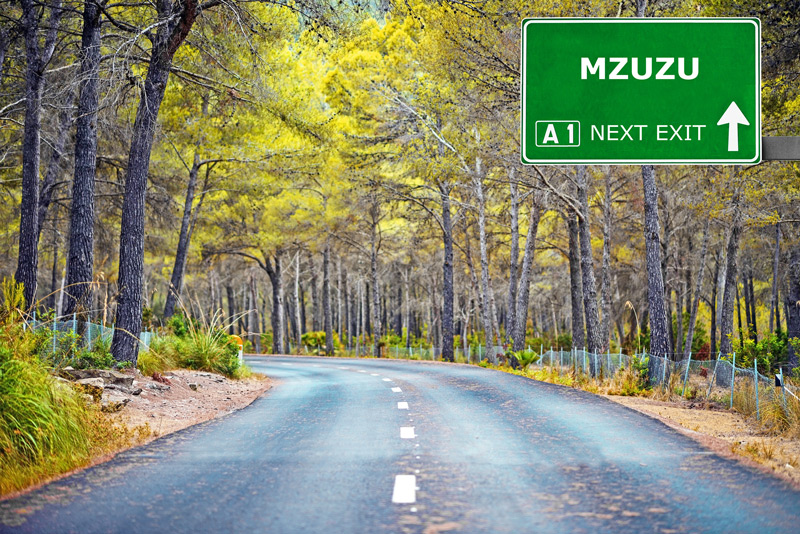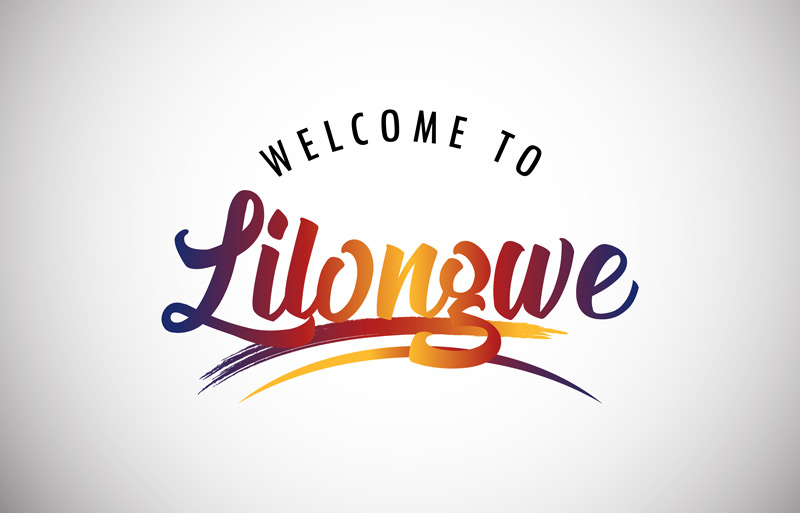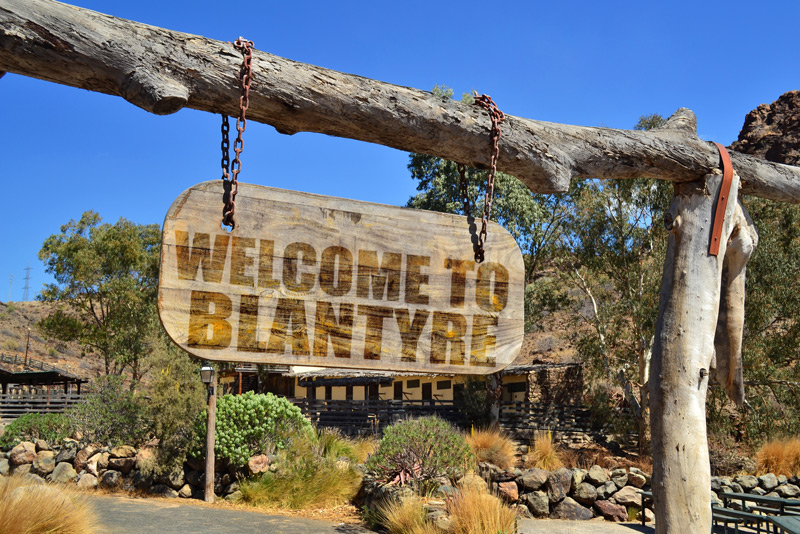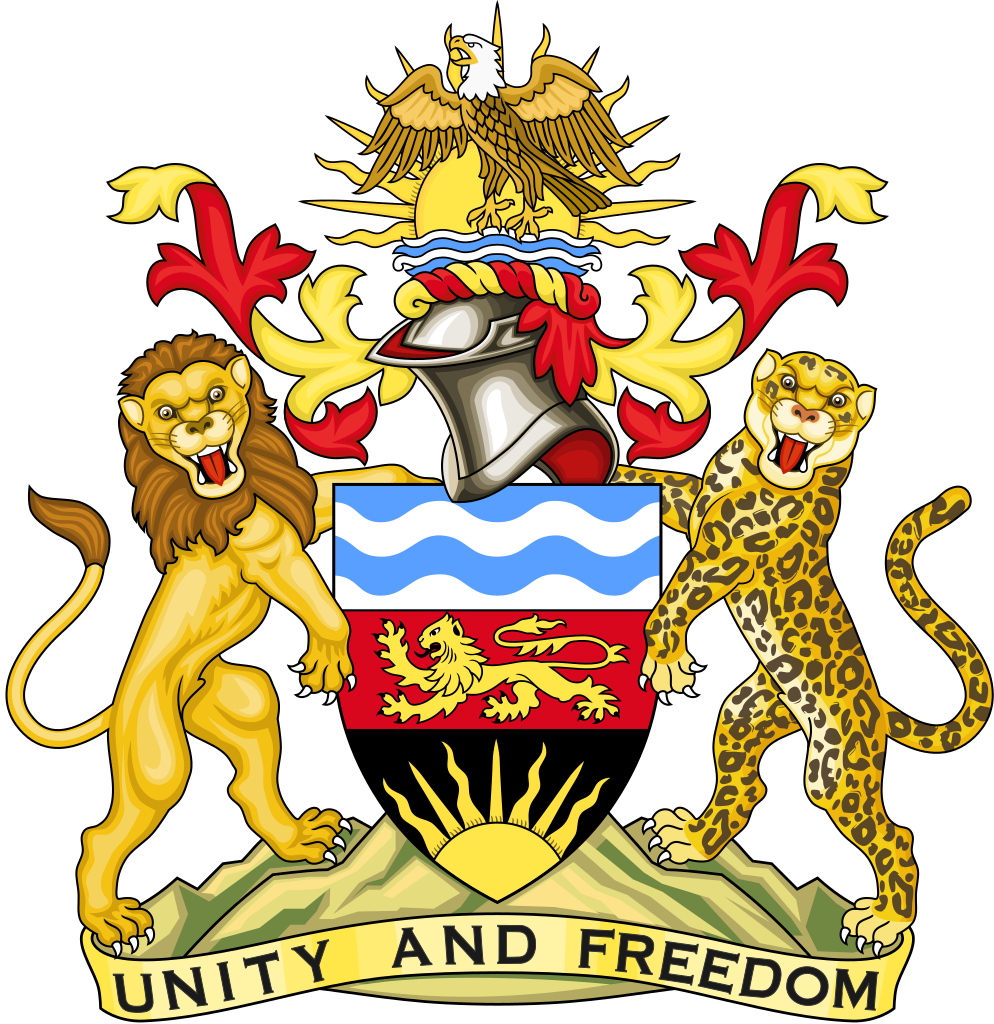malawi
facts / important liks
BELOW ARE FEW IMPORTANT FACTS ABOUT MALAWI AND ALSO IMPORTANT LINKS TO THE MAIN OFFICIAL GOVERNMENT WEBSITES FOR FURTHER INFORMATION.
Malawi Important Facts
Capital
Lilongwe is the Capital City of Malawi.
Area
118,484 sq km (land: 94,080 sq km, water: 24,404 sq km).
Population
17.5 million (2018 census).
Malawi Borders
2,881 km (Mozambique 1,569 km, Tanzania 475 km, Zambia 837 km).
Banking Working Hours
Mon to Fri 8 am to 3 pm; Sat 8 am to 11 am.
Business Working Hours
Mon to Fri 7.30 am to 5 pm.
Currency
The Malawian kwacha (MWK) is divided into 100 tambala.
Electricity
230 to 240 volts, AC 50 Hz. Square-pin plugs mostly used.
Elevations
Lowest point is junction of the Shire River and international boundary with Mozambique at 37 metres above sea level. Highest point is Sapitwa (Mount Mlanje) at 3,002 metres.
Time Difference
GMT +2 hours, CET + 1 hour, UTC + 7 hours.
Ethnic Groups
Chewa, Nyanja, Tumbuka, Yao, Lomwe, Sena, Tonga, Ngoni, Ngonde, Asian, European.
Religions
Christian 80 per cent, Muslim 13 per cent, other 3 per cent, none 4 per cent (1998 census).
Public Holidays
1 January, 15 January (John Chilembwe Day), 3 March (Martyr’s Day), Good Friday, Easter Monday, 1 May (Labour Day), 15 June (Freedom Day), 6 July (Independence Day (Republic Day), 6 July (1964)), second Monday in October (Mother’s Day), 25 December (Christmas Day), 26 December (Boxing Day). Eid Ul Fitr (Depending on the sighting of the moon after the holy month of Ramadhan).
Communication
The telephone system is reasonably reliable, though mobiles can often be easier to get through to than landlines. Sim cards for local mobile phone networks are widely available and relatively cheap and easy to use. Most hotels and offices are readily reached by e-mail. The postal system tends to be slow. International courier DHL operates in Malawi.
Shopping
Small supermarkets are found in towns and larger villages. Large supermarkets and European style shops are almost exclusively found in Blantyre and Lilongwe. Markets and roadside vendors are popular with travellers. Attractive souvenirs are the excellent wood carvings, widely available, and straw goods together with work by local artists. The standard of craftwork varies but at its best is quite outstanding. In the markets, bargaining is expected. Traditional Chief’s chairs are popular. Shops and offices open and close earlier in the day than is the custom in Europe or North America.
Administrative Divisions
Malawi is divided into 28 districts within three main regions;
- Northern Region.
- Central Region.
- Southern Region.

Northern Region
Central region consist of following 6 districts:
Chitipa, Karonga, Likoma, Mzimba, Nkhata Bay & Rumphi.
The total population of above mentioned districtus as per the 2018 census was 2,286,960 and total area was 26,931 square kilometers, where as “MZUZU” is the capital city of Northern Region.

Central Region
Central region consist of following 9 districts:
Dedza, Dowa, Kasungu, Lilongwe, Mchinji, Nkhotakhota, Ntcheu, Ntchisi & Salima.
The total population of above mentioned districtus as per the 2018 census was 7,526,160 and total area was 35,592 square kilometers, where as “LILONGWE” is the capital city of Central Region.

Southern Region
Central region consist of following 13 districts:
Balaka, Blantyre, Chikhwawa, Chiradzulu, Machinga, Mangochi, Mulanje, Mwanza, Nsanje, Thyolo, Phalombe, Zomba & Neno.
The total population of above mentioned districtus as per the 2018 census was 7,750,629 and total area was 31,753 square kilometers, where as “BLANTYRE” is the capital city of Central Region.
Office
Block 5, St. 512 – Villa 34, Al Shuhadaa – Kuwait
CALL US
(+965) 2523 5416
EMAIL US
malakuwait@gmail.com
